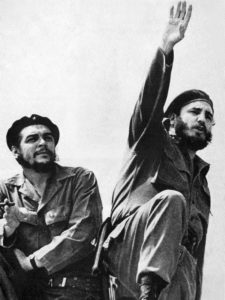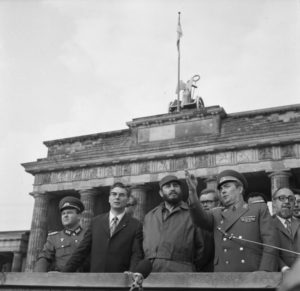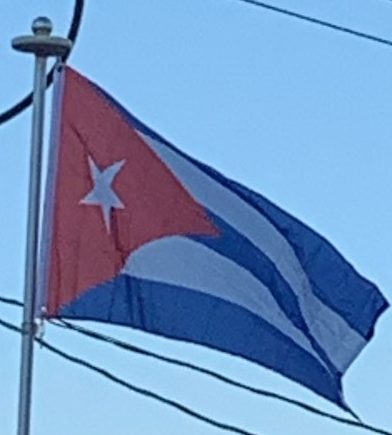By late 1958 the rebels had broken out of the Sierra Maestra and launched a general popular insurrection. After Castro’s fighters captured Santa Clara, Batista fled with his family to the Dominican Republic on 1 January 1959. Later he went into exile on the Portuguese island of Madeira and finally settled in Estoril, near Lisbon. Fidel Castro’s forces entered the capital on 8 January 1959. The liberal Manuel Urrutia Lleó became the provisional president.

From 1959 to 1966 Cuban insurgents fought a six-year rebellion in the Escambray Mountains against the Castro government. The government’s vastly superior numbers eventually crushed the insurgency. The rebellion lasted longer and involved more soldiers than the Cuban Revolution. The United States Department of State has estimated that 3,200 people were executed from 1959 to 1962. According to Amnesty International, official death sentences from 1959–87 numbered 237 of which all but 21 were actually carried out. Other estimates for the total number of political executions range from 4,000 to 33,000. The vast majority of those executed directly following the 1959 revolution were policemen, politicians, and informers of the Batista regime accused of crimes such as torture and murder, and their public trials and executions had widespread popular support among the Cuban population.
The United States government initially reacted favorably to the Cuban revolution, seeing it as part of a movement to bring democracy to Latin America. Castro’s legalization of the Communist party and the hundreds of executions of Batista agents, policemen and soldiers that followed caused a deterioration in the relationship between the two countries. The promulgation of the Agrarian Reform Law, expropriating thousands of acres of farmland (including from large U.S. landholders), further worsened relations. In response, between 1960 and 1964 the U.S. imposed a range of sanctions, eventually including a total ban on trade between the countries and a freeze on all Cuban-owned assets in the U.S. In February 1960, Castro signed a commercial agreement with Soviet Vice-Premier Anastas Mikoyan.
In March 1960, U.S. President Dwight D. Eisenhower gave his approval to a CIA plan to arm and train a group of Cuban refugees to overthrow the Castro regime. The invasion (known as the Bay of Pigs Invasion) took place on 14 April 1961, during the term of President John F. Kennedy. About 1,400 Cuban exiles disembarked at the Bay of Pigs, but failed in their attempt to overthrow Castro.
In January 1962, Cuba was suspended from the Organization of American States (OAS), and later the same year the OAS started to impose sanctions against Cuba of similar nature to the U.S. sanctions. The Cuban Missile Crisis occurred in October 1962. By 1963, Cuba was moving towards a full-fledged Communist system modeled on the USSR.
During the 1970s, Fidel Castro dispatched tens of thousands of troops in support of Soviet-supported wars in Africa. He supported the MPLA in Angola and Mengistu Haile Mariam in Ethiopia.

